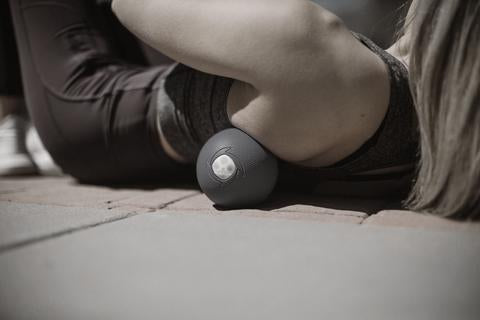Trigger Point Release

Have you ever felt a knot in your neck muscles at the end of a long day? Or even an unusually tense spot on the back of your arms? These are most likely trigger points, a condition where a specific area within one’s skeletal muscle becomes tight and extremely sore. These areas can pop up just about anywhere in the body. The most common being in the trapezius, triceps, and quadriceps. There are many ways that these areas form, such as repetitive overuse of the same muscle day after day. Examples include sitting at a desk with a slouching back or a physically demanding work environment causing one to pick up or move heavy items too often. Another very common cause is stress, which leads to prolonged muscle contraction.

All of these can cause the muscle fibers to spasm and cluster, which only compounds the problem. These “knots” in the muscle disrupt blood flow and cause muscle substitution, which may lead to more trigger points forming. It is important to treat them once identified. In fact, it is rare for someone to only have a single trigger point. Some Trigger points can develop for months before being identified, while some form very quickly. The easiest way to find them is by sliding your hands over the suspected muscle group, feeling for out of the ordinary sensitivity or unevenness.

One of the most effective and common ways of treating trigger points is through trigger point therapy. This is simply a massage that compresses the area, realigning the muscle fibers to renew adequate blood flow. This can be accomplished by professionals or oneself. In some cases a family member can assist. The basic idea behind the trigger point massage is to loosen the muscle fascia and muscle fibers. This can be done through isolated squeezing of the painful area and repetitive linear pressing parallel to the muscle group.
New studies have confirmed self-administered myofascial release therapy with a massage device can significantly improve one’s chronic muscle pain. In fact, earlier this year a group of male break-dancers were enrolled in a study where they regularly used a vibrating massage tool on their legs. The study found significant improvements in various objective mechanical tissue properties, range of motion, and pain desensitization in healthy, well-conditioned dancers.
Tyler Coggins












































